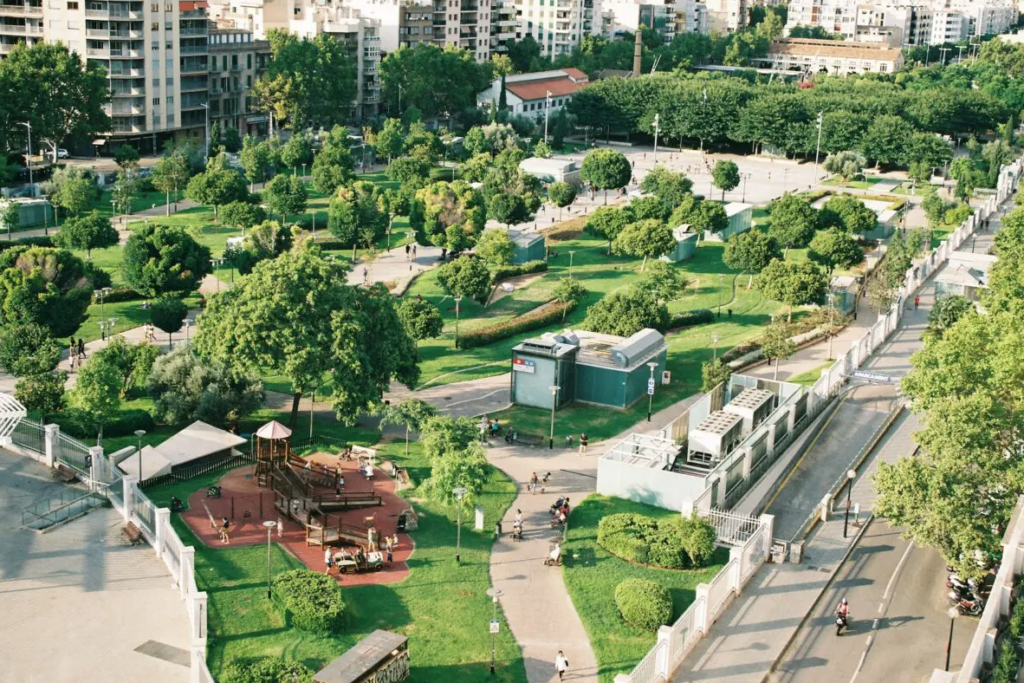Study analyzes climate warming in city on 2000 urban centers
(sustainabilityenvironment.com) – The warming of the climate in the city is on average 29% greater than in rural areas just outside urban centers. In urban areas, the mercury column rises by 0.56 per decade during the day and by 0.43 per decade at night. While these values stop, respectively, at 0.4 and 0.37 degrees in the countryside. This is stated by a study based on the analysis of temperatures in 2000 cities worldwide recorded between 2002 and 2021.
The size of urbanized space is one of the factors that most affect the warming of climate in the city. In large metropolises, in fact, the average increase in temperatures rises to 0.69 ºC per decade, while it stops at 0.41 ºC in smaller cities (with an area of less than 65 km2, therefore of the calibre of Pavia or Salerno). The largest share of the heat surplus depends on the climate crisis: on average, the role of climate change weighs about 0.3 degrees on the ten-year increase in temperatures. The rest is mostly urbanization processes. That in China and India come to contribute about 0.23°C.
In order to limit this constant growth in urban temperatures, one of the most effective methods is the use of urban greenery. According to the study, even simple tree planting can substantially reduce the increase in global warming. Specifically, in Europe the average is 0.13°C less on the expected increase in temperature (0.17°C for day and 0.1°C for night).
“The results of our attribution analysis support the use of urban greenery as an effective strategy to mitigate the heating of the urban surface“, reads the study. Of course, “the greening trend reported here for most cities seems to be unintentional”. But “in some cities, the greening trend is at least in part the result of active efforts of urban adaptation. For example, the city of Chicago in the United States expanded the tree cover of the streets to reduce urban temperature after the severe heat wave of 1995”. This action alone limited the city’s heating to 0.084°C per decade.

